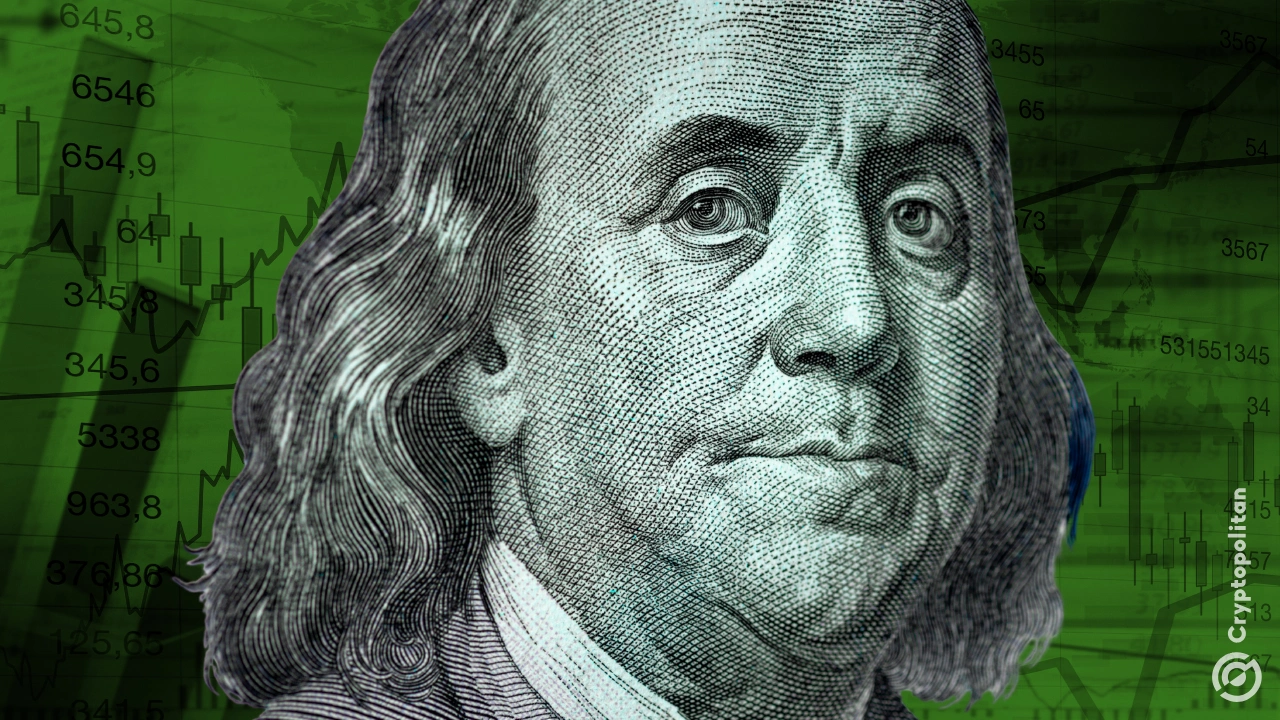The global hedge-fund industry has reached a record $5 trillion in total asset value, as investors pushed massive amounts of money into alternative strategies while funds delivered strong gains.
The figure, reported by Hedge Fund Research Inc. (HFR) on Thursday, shows nearly $34 billion in net inflows during the three months through September — the biggest quarterly inflow since 2007, before the financial crisis hit global markets.
The increase wasn’t just new money. Funds across all strategies posted an average return of 5.4% in the quarter, driven by equity and macro plays that capitalized on market volatility under President Donald Trump’s administration.
Hedge funds have thrived in a year of unpredictable markets shaped by trade policies, tariffs, and currency swings, with investors hunting for uncorrelated returns amid heightened geopolitical noise. The renewed confidence in hedge funds reflects a shift by wealthy clients and institutions toward diversification, especially as stocks and bonds move in erratic patterns.
Large hedge-fund managers capture bulk of inflows
The biggest hedge-fund managers took nearly all the new money in the third quarter, as investors preferred size and liquidity. Firms managing more than $5 billion in assets dominated allocations, underscoring how capital keeps concentrating in large, well-established players.
At Bloomberg’s Hedge Fund Forum in London on Wednesday, Adam Singleton, chief investment officer at Man Group Plc’s External Alpha, said investors are desperate for protection that doesn’t move with broader markets. “We’re looking for things that will diversify markets right now, will not get too excited by the hype around different parts of the economic environment, and will generate alpha in ways which are uncorrelated if things are fine, but particularly, uncorrelated if things are not fine,” Adam said.
That mindset is exactly what drove the quarter’s strong inflows; equity and macro strategies led performance, but crypto-focused hedge funds quietly became one of the strongest performers.
After taking heavy losses early in 2025, crypto funds rebounded with double-digit gains in the third quarter, bringing year-to-date returns to 6.7%, according to data from HFR.
Whether this surge in capital is a lasting change or just another temporary rush on the trading floor remains unclear, but hedge funds have never looked more mainstream.
The sector that once symbolized “alternative finance” has become a core part of institutional portfolios. In its report, HFR pointed out that most hedge-fund capital now comes from pension funds, university endowments, and sovereign wealth funds, all chasing new ways to strengthen their global investment strategies.
Domestically, hedge funds remain limited to accredited investors (people earning at least $200,000 annually or holding a net worth of $1 million) as US regulations restrict participation to those capable of bearing higher risk. It’s another reminder of how uneven the system is.
On one side are Americans with enough wealth to invest in complex funds promising diversification and alpha. On the other are millions struggling to manage car payments, child-care costs, and grocery bills.
For now, though, hedge funds are riding their strongest wave of momentum in almost two decades.
Sign up to Bybit and start trading with $30,050 in welcome gifts
This articles is written by : Nermeen Nabil Khear Abdelmalak
All rights reserved to : USAGOLDMIES . www.usagoldmines.com
You can Enjoy surfing our website categories and read more content in many fields you may like .
Why USAGoldMines ?
USAGoldMines is a comprehensive website offering the latest in financial, crypto, and technical news. With specialized sections for each category, it provides readers with up-to-date market insights, investment trends, and technological advancements, making it a valuable resource for investors and enthusiasts in the fast-paced financial world.
